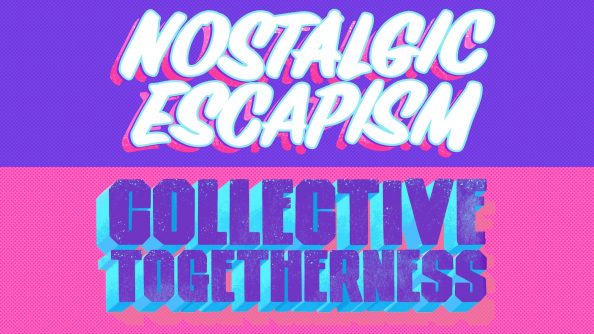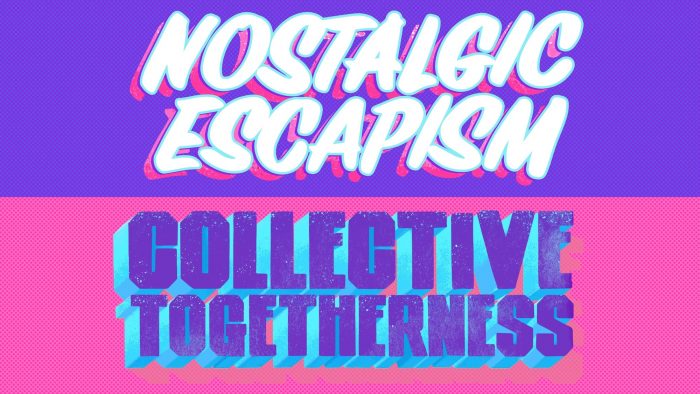For many brands, initiatives to engage a diverse audience are well-meaning, but ultimately end up feeling disconnected from the core brand. Often, this kind of activity is a side venture that struggles to engage beyond the surface. But at worst, it can be a PR disaster.
Diversity marketing usually takes one of two forms. Some mainstream brands try to target particular communities with limited-edition products or campaigns – and they have varying degrees of success in doing so.
Rather than being rooted in a particular culture, or influenced by it in a meaningful, authentic way, the risk is that this kind of activity caters to niche taste preferences – or at least, a surface-level understanding of them.
Other brands go down the sponsorship or endorsement route, to align with a pre-existing cause or platform. In-brand philanthropic activities and passion projects can also have a powerful long-tail effect on brand perception, if your motivations are sincere. You need both relevance and authenticity, otherwise it may not resonate as intended.
Here are four tips that can help ensure your diversity marketing is effective.
Find a universal truth
The truth is, diversity marketing needn’t be about pandering to one particular community over another. It’s not about ticking boxes. It’s about cutting through age, gender identity, race, sexual orientation and any other demographic boundaries, and recognising that we all come from a fundamentally similar place.
This solution may seem obvious; however, most brands miss the mark. To diversify your brand’s appeal, you need to uncover universal values that speak to that shared human experience and weave them through everything you do. Think of it as your brand’s anchor.
For instance, we’ve been helping one our clients bring to life their core value around being ‘your co-conspirator in the pursuit of pleasure.’ Our work consistently taps into a truly relatable desire for shared indulgent experiences that doesn’t prioritise any particular demographic or social group over another.
That global human value is fundamentally diverse in its appeal – from here, you can then embrace how it manifests itself amongst different communities.
Put down authentic roots
Your brand may already stand for a set of values that can help broaden its horizons to a more diverse audience. Perhaps there’s an origin story or founder philosophy rooted in an experience we can all relate to. Your brand may channel an emotion or attitude that resonates irrespective of age, race, gender, or sexuality.
Once you’ve found that truth about your brand, your next creative challenge is to communicate that central insight in rich, varied ways. Many younger brands have mastered this crucial step and are challenging the traditional roles brands play. Lemonade Insurance, Tony’s Chocolonely, Oatly, Harry’s, and Warby Parker to name a few, are all setting a new standard for what we expect to see from brands today.
Don’t force the issue. Some brands are more of a natural fit with certain causes than others, and there are as many risks as there are opportunities when trying to piggyback on the cause of the moment, whether it’s #MeToo, Pride, or BLM. Smart consumers see through insincerity in a flash.
Be honest about what your brand stands for – or should. Rather than scratching the surface of a particular community’s values or lived experiences as many brands do, dig deeper.
As passion for a particular cause or standpoint grows, it may be a natural next step to take a stand on certain topics, and in doing so, grow brand loyalty and even affection from particular communities. But it should never be shoehorned in for the sake of doing so.
Own your mistakes
Of course, sometimes brands get it wrong. The archives are littered with examples that would be far too insensitive and inappropriate for today’s world. It takes courage for a brand to acknowledge missteps in its past in order to diversify its appeal in the future.
Skol is a fantastic example of exactly this. The Brazilian beer brand ran a whole series of sexist ads in the 90s, featuring bikini-clad women on the beaches of Rio.
Instead of burying its past, Skol had the humility to bring those ads to the foreground and re-do them in an empowering, contemporary way. The brand bravely reframed what it stands for as a mainstream beer in a culture with firmly established traditional gender roles.
When we see a brand changing its ways and living and breathing a diversity message, people get excited. It’s even more disruptive when it’s an old, long-established brand as the update represents a larger cultural shift.
At the other end of the scale, when Gillette suddenly tried to take on toxic masculinity in 2019, it didn’t go down well. After years of reinforcing traditional gender roles around “the best a man can get” slogan, the razor brand switched its message to “the best a man can be” for its Super Bowl campaign, portraying men at their worst, showing them how to be better. Like someone relaying a lesson they just learnt, they failed to recognize their own ignorance and instead shamed their fanbase.
Stepping into a larger cultural movement needs to be validated by every part of your company as our digital era delivers an all-access pass to your customers, whether they have been invited in or not.
Consider the bigger picture
Don’t treat diversity marketing as an afterthought. It needs to be part of everything you do, driven by your brand purpose. Those fundamental building blocks enable experimentation without drifting off course, perhaps unlocking more left-field activations that can engage diverse communities.
A universally appealing purpose aligns all of a brand’s activities and provides a rich context in which to bring them to life. Above-the-line campaigns are just the tip of the iceberg. It’s even more exciting to see how brands are coming to life through social interactions, or through experiences, events, or creative collaborations.
If you have a relatable brand purpose, it becomes a lens through which your brand can present the world, without alienation or exclusion. Your brand can flex and adapt to different contexts, but it always has that North Star to keep it on the right track.
Most importantly, when the right purpose drives your brand, you can break the habit of seeing your target market purely in terms of demographics – and engage diverse communities based on their shared human values instead.











